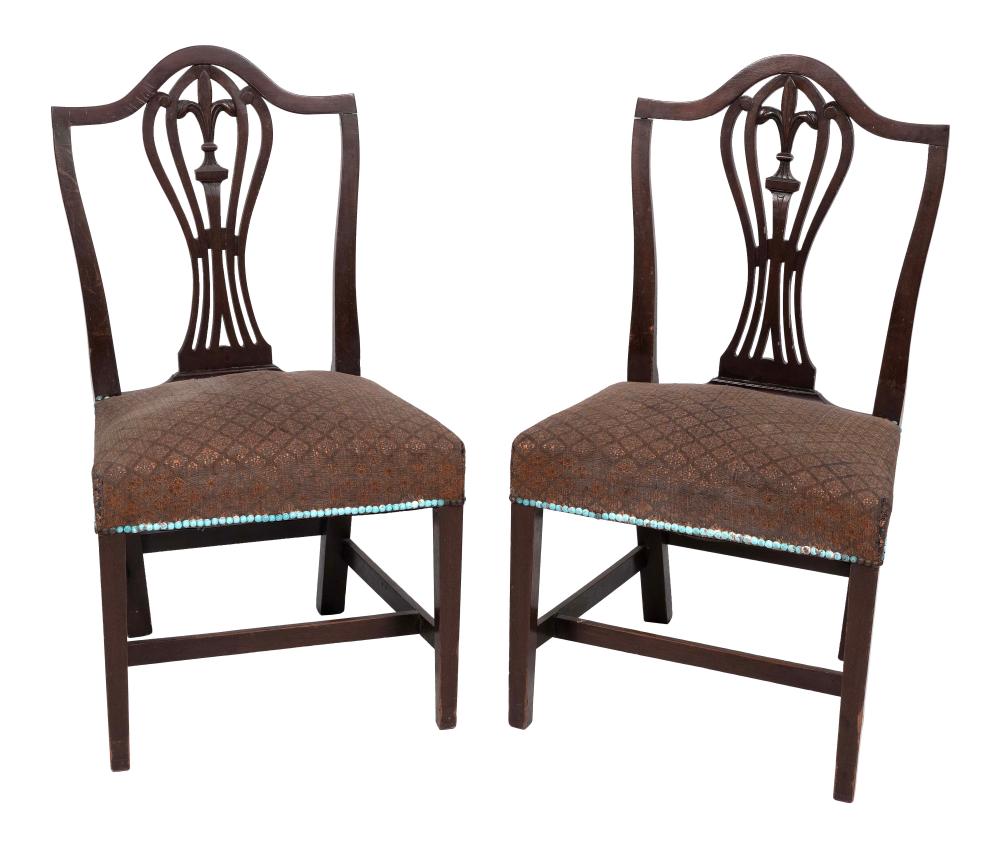At Larry Frimerman Antiques, we believe that early American furniture represents more than just decorative objects—it embodies our cultural heritage through the hands of skilled artisans. Since 1983, we have dedicated ourselves to the preservation, authentication, and thoughtful transfer of America’s finest furniture from the Colonial through Federal periods (1680-1840).
Our approach combines scholarly research with a deep appreciation for the stories each piece tells. We carefully document provenance, analyze construction techniques, and evaluate patina to ensure each item in our collection meets the highest standards of authenticity and quality.
Unlike many contemporary dealers, we focus exclusively on genuine period pieces that would be at home in museum collections. Whether you’re a seasoned collector, a museum curator, or someone developing an appreciation for early American craftsmanship, we provide the expertise and guidance to help you make informed decisions.
Our collection is housed in the historic Joseph Clark House, built circa 1756 in Middletown, Connecticut. This beautifully preserved structure provides the perfect context for viewing early American furniture as it was originally intended—in a period-appropriate architectural setting with authentic details and proportions.
The house itself exemplifies the Georgian architectural style that dominated Colonial Connecticut, featuring original woodwork, wide-plank floors, and multiple fireplaces. Walking through these historic rooms allows visitors to experience furniture in relation to the spaces for which it was designed, creating a deeper understanding of both form and function.


Larry Frimerman’s journey into the world of early American antiques began over four decades ago, driven by a fascination with the historical narrative embedded in early craftsmanship. After earning degrees in American Studies and History, Larry apprenticed with several noted dealers before establishing his own business in 1983.
What distinguishes Larry’s approach is his scholarly dedication to understanding the regional variations and technical evolution of American furniture. He has conducted extensive research in museum archives, studied original account books of 18th-century cabinetmakers, and developed relationships with leading furniture historians and conservators across the country.
Larry’s expertise has made him a valued resource for museums, historical societies, and private collectors seeking authentication and attribution services. His articles have appeared in major antiques publications, and he frequently lectures on topics ranging from distinguishing period characteristics to recognizing sophisticated forgeries.
Beyond his scholarly pursuits, Larry approaches each piece with genuine reverence for the craftspeople who created it. He often speaks of the “hidden signatures” in early furniture—the subtle tool marks, material choices, and construction details that reveal the hand of specific makers or regional traditions.
“I believe we don’t truly own these pieces,” Larry often says. “We’re merely their temporary stewards, responsible for preserving them for future generations. My greatest satisfaction comes from matching the right piece with the right collector—someone who will appreciate its historical significance and ensure its continued care.”
The Joseph Clark House is open by appointment only, allowing us to provide personalized attention to each visitor. We welcome serious collectors, curators, scholars, and those with a genuine interest in early American decorative arts.
During your visit, Larry will provide detailed information about each piece in our current inventory, discussing construction techniques, regional characteristics, and historical context. Whether you’re seeking a specific item or simply wish to enhance your knowledge, we look forward to sharing our passion for America’s furniture heritage.


At Larry Frimerman Antiques, we preserve the legacy of early American craftsmanship through scholarly research and passionate stewardship. Each piece we offer represents not just a moment in design history, but a tangible connection to the artisans and families who shaped our nation’s cultural heritage.